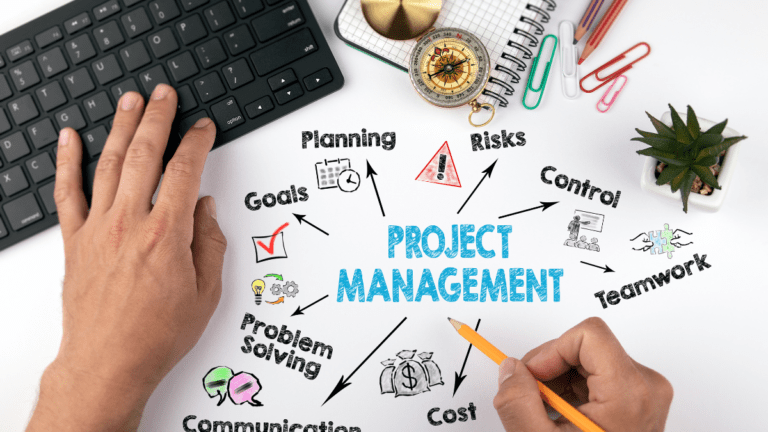Email marketing can be used to promote products and services as well as a rewarding loyalty. Email marketing can be used to inform customers about new products and discounts. You can also use it to educate your customers about the benefits of your brand and keep them interested between purchases. You can do anything from it.
Your email marketing game can be improved
Email marketing is a popular and effective tool for marketing campaigns. This article will discuss how email marketing and the use of promotional emails can help you grow your business. We’ll also give you some tips to get you started with a successful email campaign.
Read: How to Build an Inclusive Training Program with IDOL Courses
What is email marketing?
Email marketing can be a powerful channel for marketing. It combines direct marketing and digital marketing to promote your products or services. Integrating it into your marketing automation can make customers aware of your latest products and offers. It can be a key part of your marketing strategy, helping with lead generation, brand awareness, and building relationships.
A brief history of email
The first email was sent in 1971. Although the message was a simple string of numbers, letters, and words, it marked the beginning of a new era in communication. Tomlinson was also responsible for the introduction of the “@” symbol to email addresses.
Gary Thuerk, a Digital Equipment Corp marketing manager, used this method of direct communication in 1978 to send the first commercial email to inform people about a new product. Although his email list was limited to 400 addresses, the emails he sent led to sales of $13 million.
The internet was commercially accessible by the middle of the 1990s. Changes in the way people communicated began to occur. Marketers discovered email as a way to market. Marketing emails have also brought about regulatory changes. The U.K. The Data Protection Act in the U.K. was amended to allow for an “opt-out” option for all marketing emails.
Read: How to create an effective Instagram marketing strategy
Email marketing has many advantages
Email is a very popular tool for marketing businesses. This is partly because it requires the user to take action. An email will sit in an inbox until it’s deleted, read, or archived. Email is also one of the most cost-effective marketing tools. According to, a 2015 study done by the U.K.-based Direct Marketing Association, email yields an average return of investment (ROI ) of $38 for every $1. Check out our Email Marketing Statistics by Industry for more information on email marketing.
Email marketing is a great way to build a relationship with your audience and drive traffic to your blog, social network, or any other place you want people to visit. You can segment your email users to ensure that you only send people the most relevant messages. These email marketing tips will help you get started.
Email marketing allows you to perform A/B testing of subject lines or calls to action in order to determine the most effective message. It also makes it easy to send emails using email marketing software.
Building your email marketing list: Tips
How can you create an audience to send emails as part of your online marketing efforts? There are many ways to go about it, but all of them involve treating customers right and taking into account marketing best practices.
Don’t buy email lists. Many email marketing companies have strict policies regarding email addresses. This means that it is forbidden to send to bought lists. Use lead magnets to encourage people to sign up for your email list. Offer a discount to your customers when they sign up via a customized signup form. You could offer your new subscribers free shipping or give them the chance to win a prize. These are just a few more ways to help you build your email list.
You should be aware of all applicable email laws and regulations in your country. The CAN-SPAM Act is in effect in the United States. Canadian Anti-Spam Law or the General Data Protection Regulation in Europe are some examples of the requirements for sending automated emails. These regulations are based on your location as well as the locations of your subscribers. It is your responsibility to find out which laws apply to your situation. More information on how to avoid spam filters.
Read: 19 Reputation Management Stats Every Business Owner Should Know
Have a conversation with customers using email. It is a great marketing tool. But it can also help your business in many other ways. You might consider taking a break from your usual marketing content to send surveys, thank customers for buying from you, follow up on abandoned carts, or simply say hello. It gives your audience the opportunity to give you valuable feedback and also provides insight into the person behind your business.
Don’t send unnecessary emails to someone who has given you their email address. Over-simplifying your emails to your audience will lead to them losing interest in you or even unsubscribing. You’ll keep them loyal for a long period of time if you focus on sending them relevant and engaging messages about what they love.












